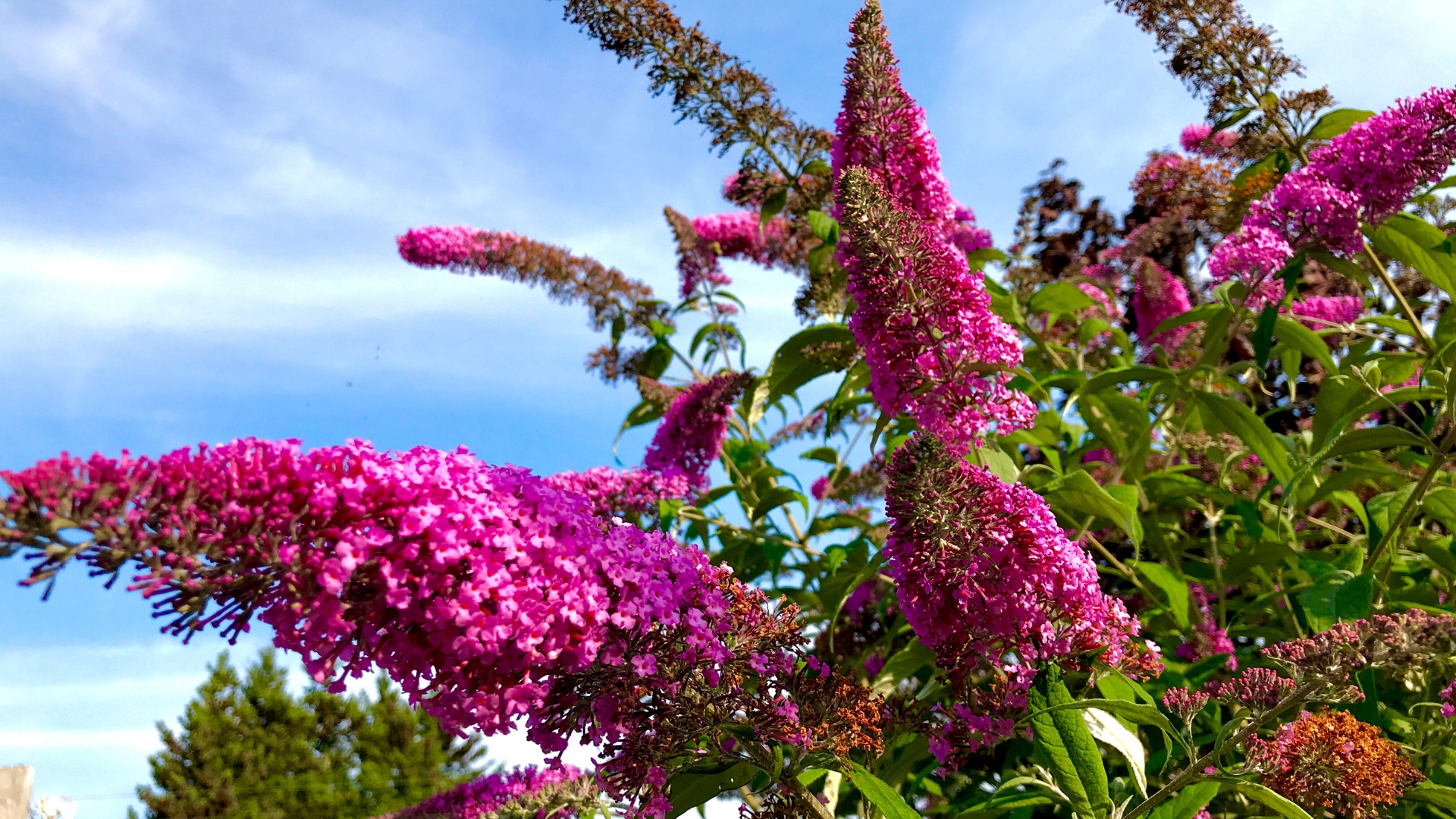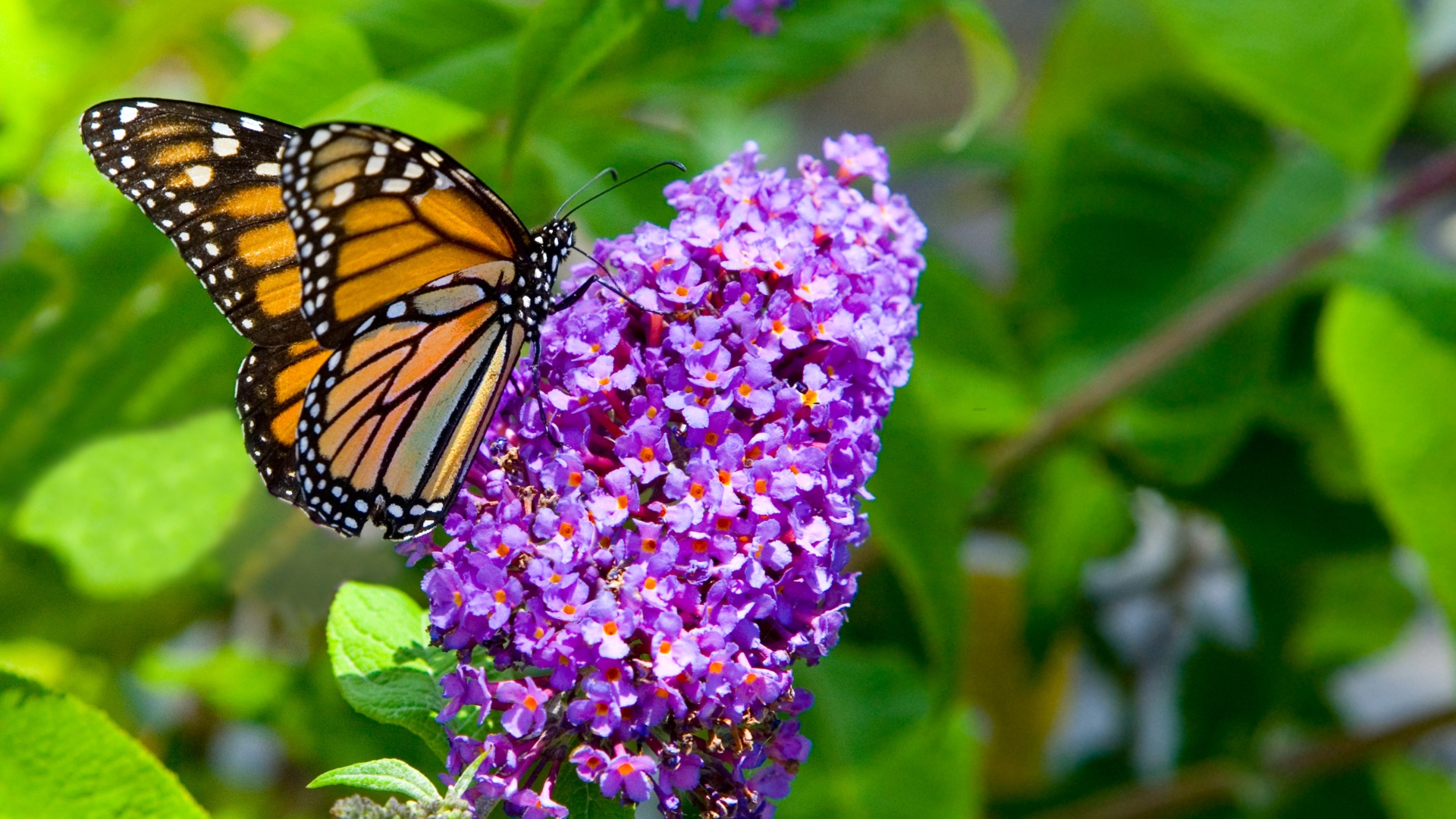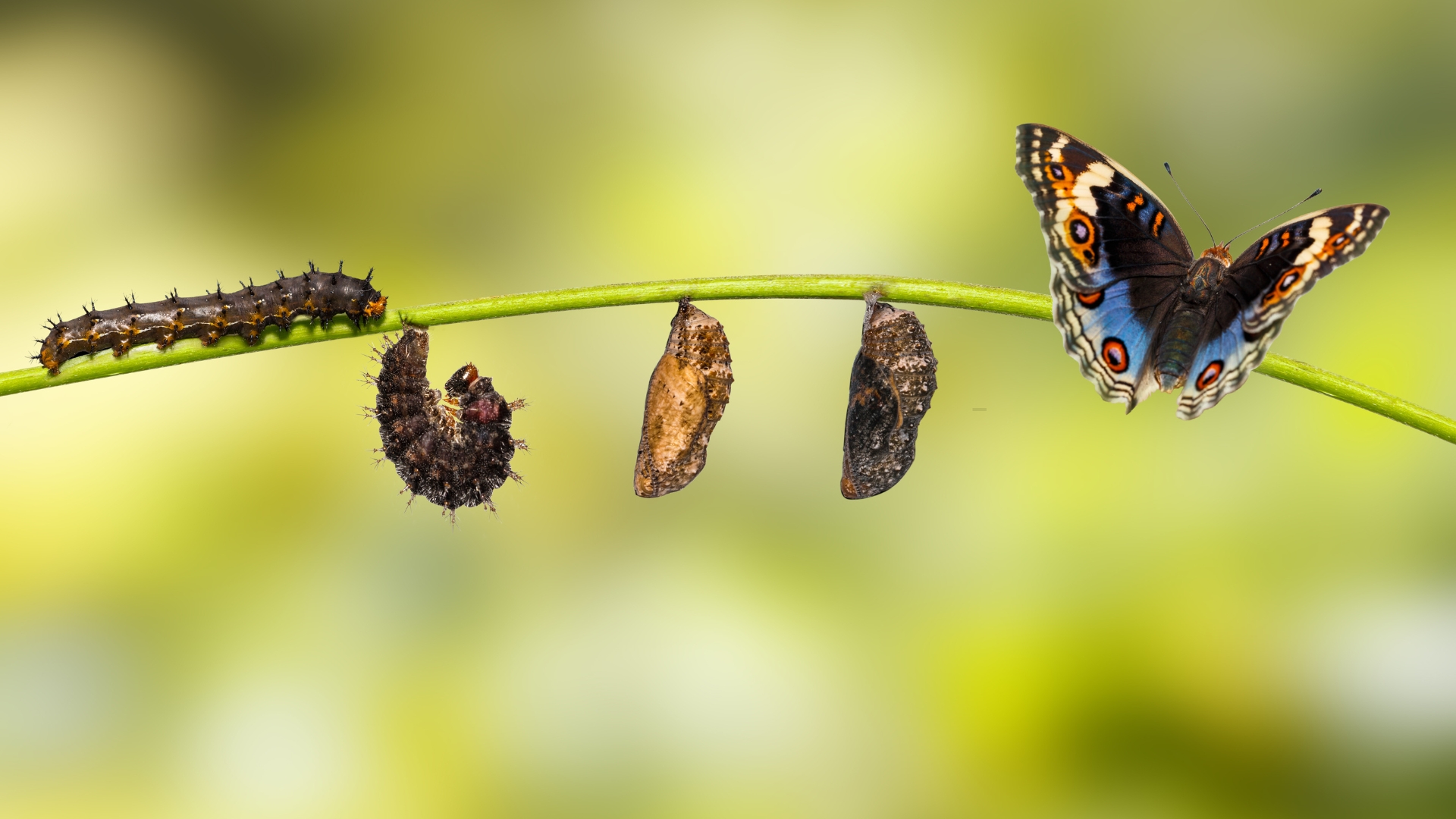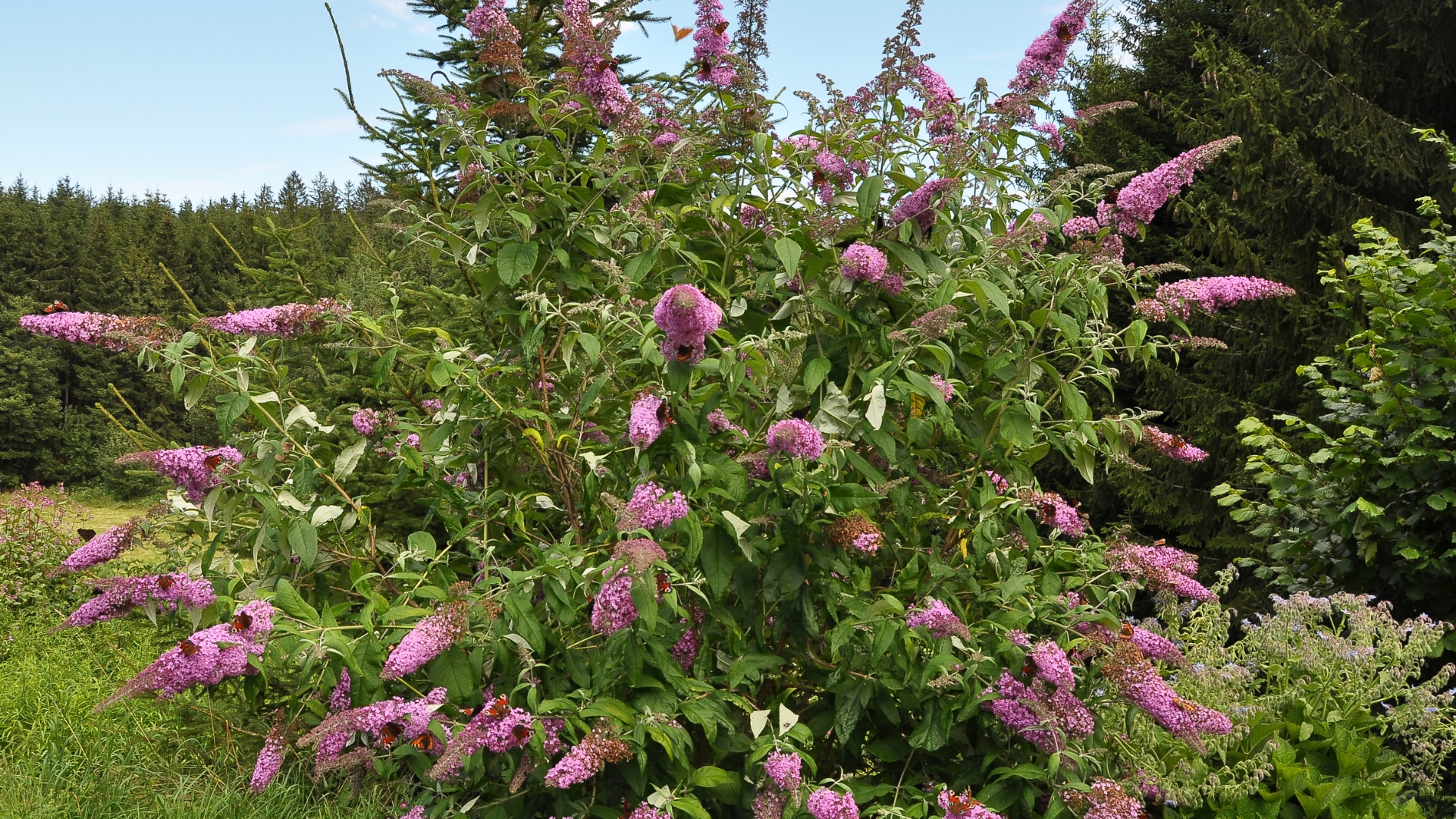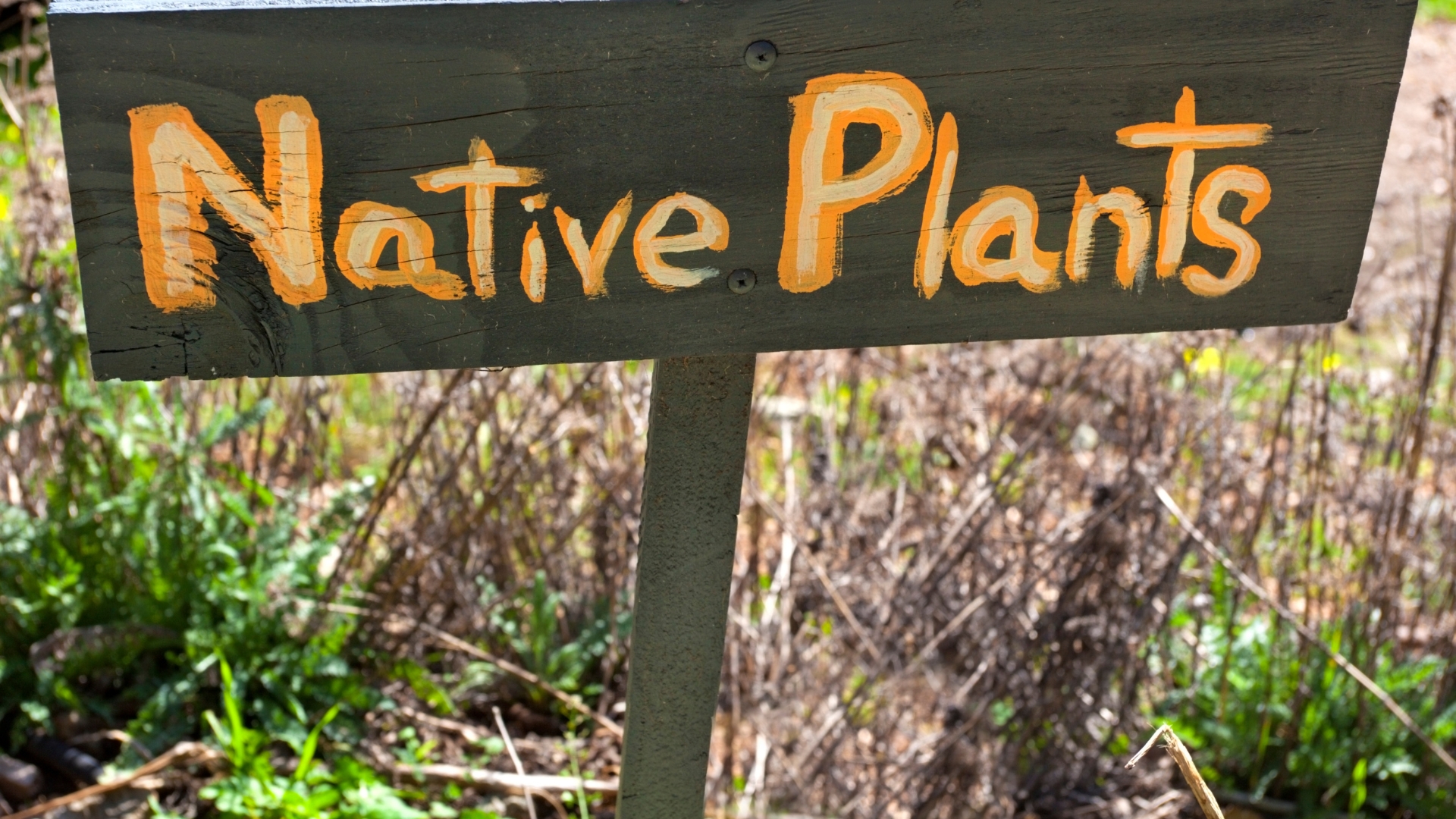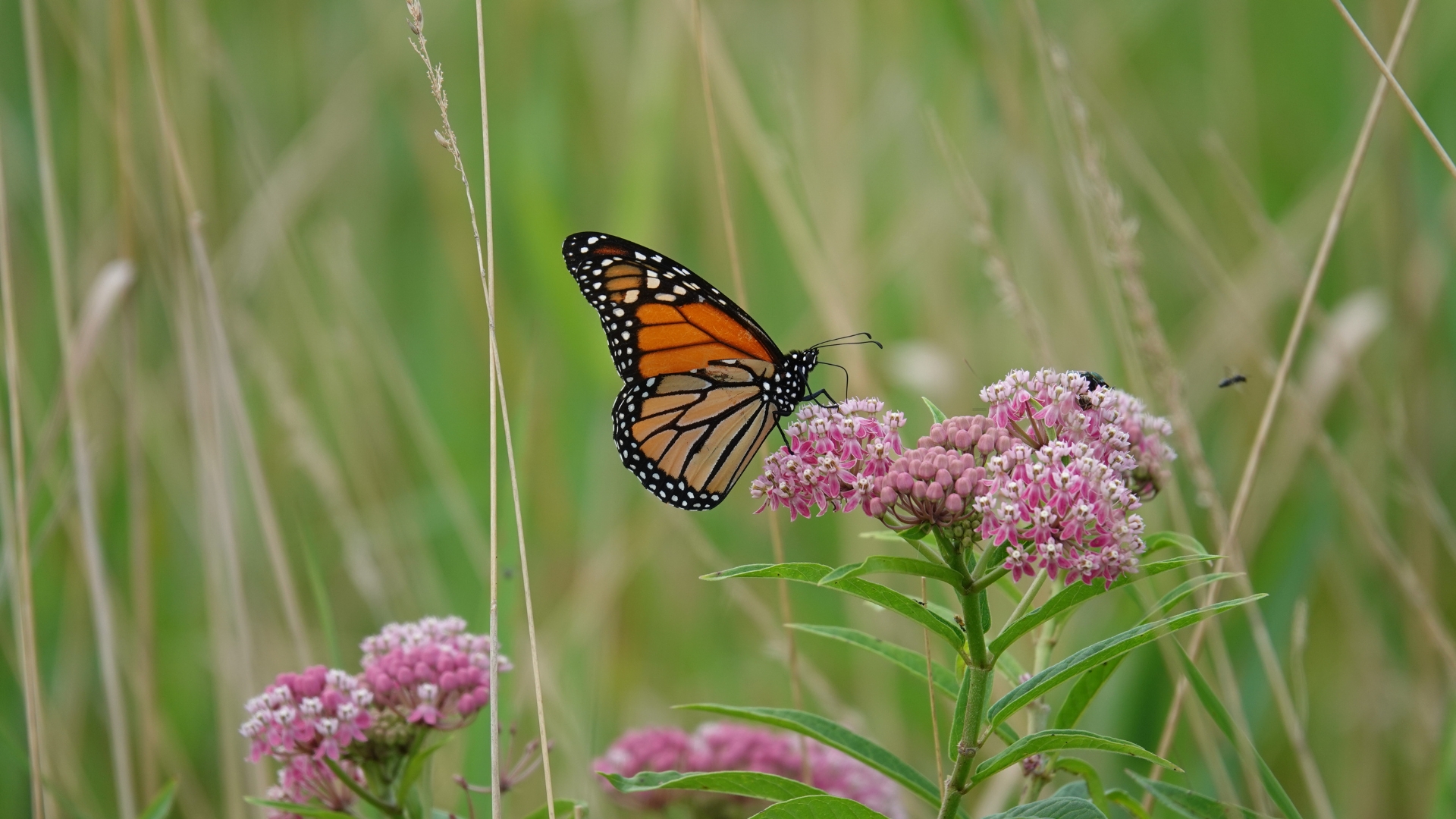The butterfly bush is a real showstopper—big, bold blooms, rich nectar, and a parade of butterflies fluttering in for a feast.
On the surface, it seems like the perfect plant for attracting pollinators. But as with anything that seems too good to be true, there’s more to the story. What if this flashy favorite isn’t the pollinator paradise it appears to be?
Before digging a hole for one in your garden, it’s worth taking a closer look—because sometimes, what seems like a perfect fit comes with a catch.
A Pollinator Magnet? Definitely Yes. So Where’s the Problem?
A garden filled with fluttering butterflies is a beautiful sight, and plenty of gardeners assume that providing nectar is the key to making that happen.
The butterfly bush certainly delivers on that front, offering a sugary feast that adult butterflies can’t resist. But there’s one crucial thing missing: butterfly host plants.
Without host plants, butterflies don’t have a reason to stay. They need more than a snack—they need a place to grow.
Butterflies Need Larval Host Plants!
Butterflies don’t start their lives with wings. They begin as tiny eggs, hatch into larvae (caterpillars), and go through an incredible transformation before emerging as the colorful pollinators we love.
But for this cycle to continue, they need host plants—specific plants where butterflies lay their eggs and where larvae can feed and grow.
Without these plants, caterpillars have no food source, and butterflies have no way to reproduce. The butterfly bush may draw in adult butterflies with its nectar, but it does nothing for their larvae. A garden that only offers nectar is just a rest stop, not a true habitat.
And you know what? This isn’t the only reason why you should rethink growing butterfly bush for pollinators.
Remember, Butterfly Bush Is Invasive
Butterfly bush may lure in pollinators, but it doesn’t just attract butterflies—it spreads, fast.
Once this plant takes root, it doesn’t like to stay where it was planted. It sends out seeds far and wide, invading natural areas, crowding out native plants, and taking over spaces that should be supporting a diversity of wildlife.
What starts as a single shrub can quickly turn into an unstoppable takeover, pushing out the very plants that pollinators truly rely on. A plant that spreads this aggressively isn’t just a garden choice—it’s a growing problem.
Native Plants Are The Way To Go
Unlike butterfly bush, which only offers nectar, native plants provide both a food source for adults and a place for butterflies to lay their eggs.
Their leaves nourish hungry larvae, giving caterpillars exactly what they need to grow and transform into the next generation of butterflies.
Additionally, native plants fit naturally into the landscape. They grow where they belong, thriving without overwhelming the surrounding environment.
This means they don’t just benefit butterflies—they support entire ecosystems, from bees and birds to the soil beneath them.
A garden filled with native plants doesn’t just bring in pollinators; it creates lasting balance without the risk of an unchecked takeover. For gardeners who truly want to help butterflies while keeping the environment in harmony, native plants are the clear choice.
Here Are The Best Native Plants For Pollinators
If you’re looking for plants that truly support butterflies from egg to flight, native species are the way to go.
Milkweed is a must-have, serving as both a nectar source and the exclusive host plant for monarch butterfly larvae. Purple coneflower draws in butterflies with its bright blooms and provides seeds for birds once the flowers fade.
Wild bergamot (bee balm) bursts with nectar-rich flowers that attract butterflies, hummingbirds, and bees alike. Goldenrod is another powerhouse, offering late-season nectar when other blooms have faded, ensuring pollinators have food well into fall.
And pawpaw, an often-overlooked native shrub, is the only host plant for the stunning zebra swallowtail butterfly, making it a crucial addition to a butterfly-friendly space.
Butterflies need more than nectar—they need a place to grow, thrive, and return year after year. Ditch the invasive distractions and plant native species that truly make a difference. Your garden (and the butterflies) will thank you.

